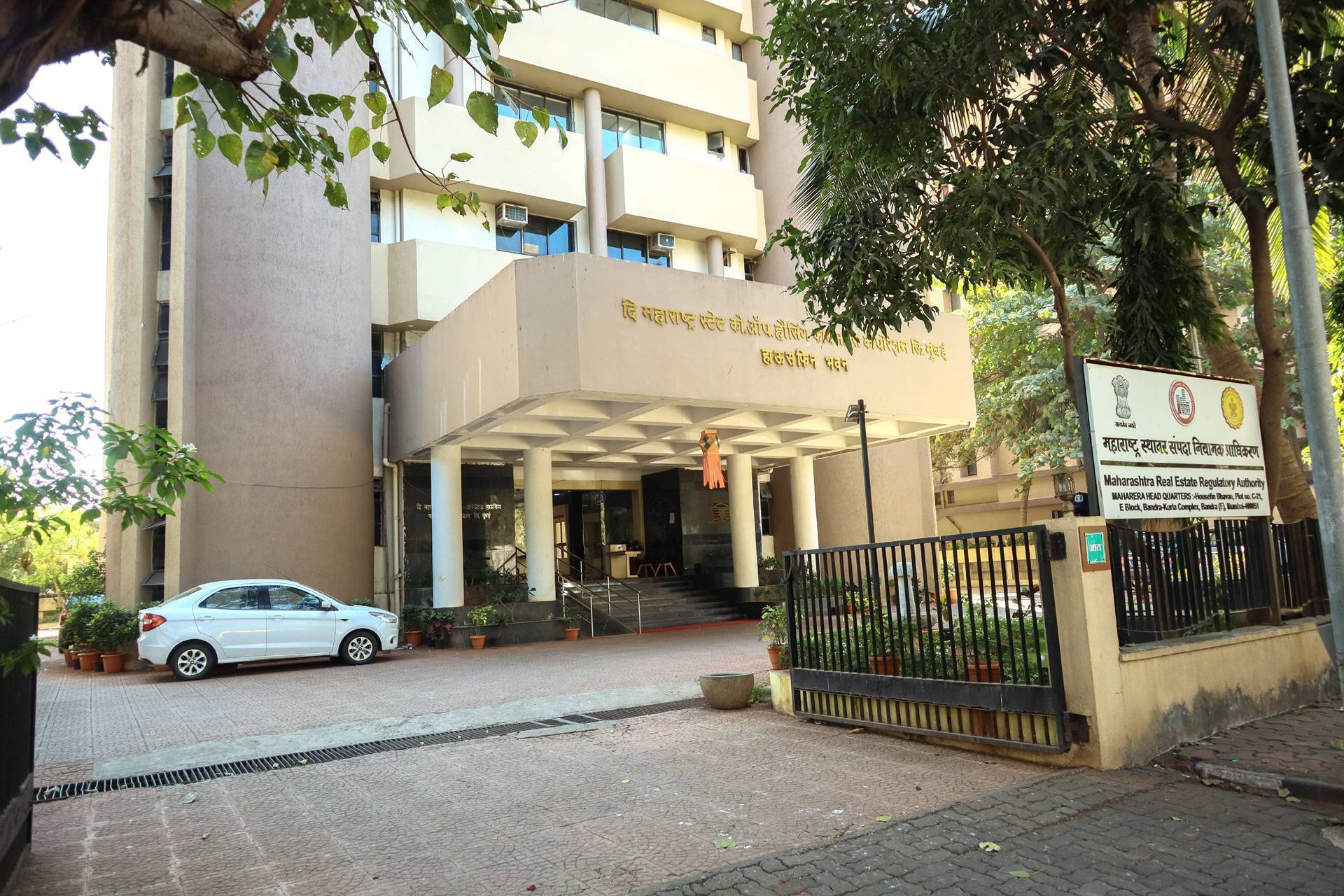Relinquishment of property rights is a legal process often necessitated by various circumstances, such as inheritance or joint ownership. In this article, we delve into the crucial steps involved in creating a relinquishment deed, shedding light on the format, registration procedure, and common queries associated with this legal document.
I. Relinquishment Deed Format:
The relinquishment deed adheres to a standardized format that includes essential details. These details encompass the date of the deed, the relinquisher's name and relation to the deceased property owner, information about other joint inheritors or co-owners, and the names of witnesses. The document, drafted on a stamp paper, must be registered with the specified witnesses.
II. Applicability and Scope:
A release deed is typically employed in cases where inheritors or joint owners share a blood relation through a common ancestor. This legal instrument can be considered a release deed of ancestral property format, emphasizing its usage in blood-related scenarios.
III. Steps in Relinquishment Deed Registration:
As mandated by Section 17 of the Registration Act of 1908, the registration of a relinquishment deed is compulsory. The process involves several sequential steps:
1. Consultation with a legal expert or advocate for the drafting of the deed. 2. Drafting the deed on a stamp paper worth Rs.100.
3. Scheduling an appointment at the sub-registrar's office for deed registration.
4. Presence of all involved parties, including witnesses with ID proof, on the appointed day. 5. Examination of the deed for errors, payment of registration fees, and subsequent registration.
6. Collection of the registered relinquishment deed from the sub-registrar's office after a week.
IV. Role of Relinquishment Deed in Inheritance:
Under the Hindu Succession Act, in the absence of a registered will or intestate succession, the legal heirs inherit the deceased's property. A release or relinquishment deed becomes instrumental when a co-heir, which may include surviving spouses and children, decides to surrender their share of the property to other co-heirs, either with or without consideration.
V. Frequently Asked Questions:
1. Where should I register my relinquishment deed?
Answer: The deed must be registered at the sub-registrar’s office in the state where the property is located.
2. In which instances can a relinquishment deed be used?
Answer: It can be used in cases of divorce between spouses or by a party to a jointly purchased property looking to liquidate its share.
Conclusion:
In conclusion, the relinquishment deed process involves meticulous drafting, registration, and adherence to legal formalities. Understanding its significance in property transfers and inheritance scenarios is crucial for those navigating the complexities of property rights and legal obligations.
Image- housing.com









.png)